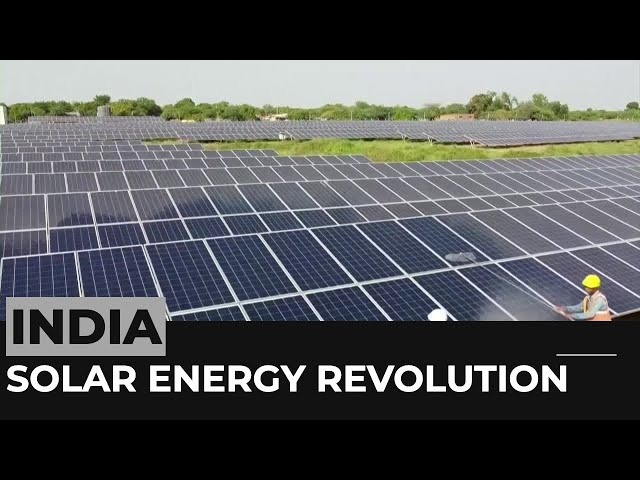IIT Bombay achieved a notable solar technology milestone with the invention of a 4-terminal Silicon/CdTe-Perovskite tandem solar cell with record 29.8% conversion efficiency. The breakthrough was spearheaded by ART-PV India, which is a startup incubated at IIT-B, placing India at the forefront of next-generation photovoltaics globally.
Main points:
-
- The tandem cell stacks perovskite and silicon layers non-monolithically so that independent optimization and increased energy capture are possible
-
- More efficient than conventional solar panels (approximately 22–23%), aiming to surpass 30% in the next models
-
- It is inexpensive, lightweight, and scalable—perfect for use on rooftops or in industry
-
- It is patented and published and is scheduled for commercial release by December 2027
Pilot Plant and Government Support
For a smooth transition from laboratory to market, the Ministry of New and Renewable Energy (MNRE) has sanctioned ₹83 crore to a pilot production unit at IIT Bombay's Powai campus.
Key highlights
-
- Union Minister Pralhad Joshi has toured NCPRE labs and referred to the innovation as a "game-changer"
-
- MNRE had invested ₹200 crore in IIT-B's solar R&D since 2010
-
- The plant will utilize indigenous equipment, in line with Aatmanirbhar Bharat objectives
-
- The private sector is being mobilized to enhance production and make it profitable
Strategic Impact
It would reduce the price of solar energy to ₹1/kWh, enhance energy access, and establish India as a global leader in clean energy innovation.
Sources: Hindustan Times, Times of India, The Hindu, Economic Times, Indian Express, MSN India.
